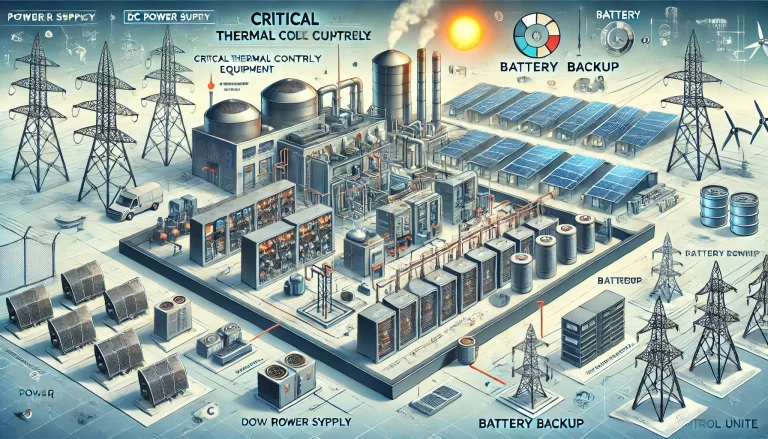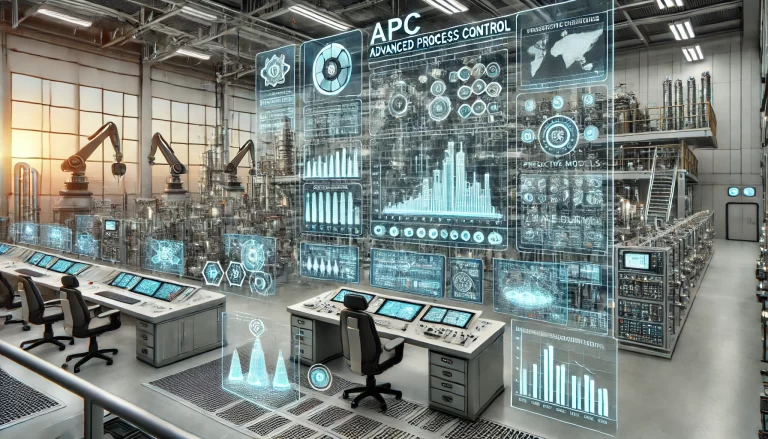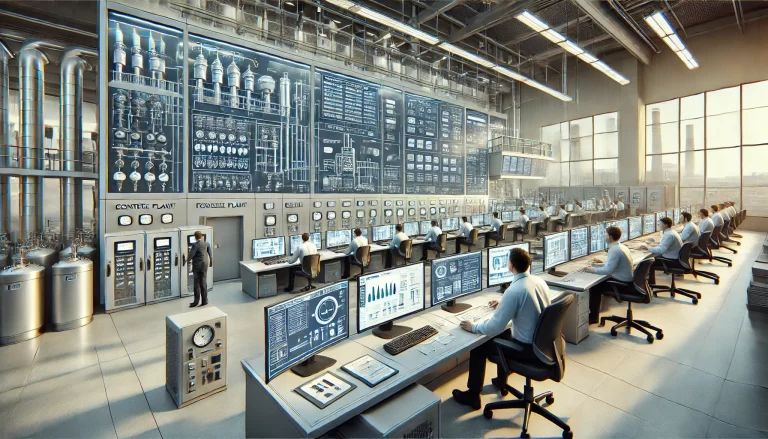In the wave of Industry 4.0 and smart manufacturing, advanced technologies such as online analyzers, the Internet of Things (IoT), AI models, and digital twins are continuously emerging. However, the fundamental principles of manufacturing have remained unchanged: Process, Equipment, Operations, and Control are the four critical elements of production. Understanding and respecting the interplay between these elements is the key to achieving efficient and sustainable production. In this article, we explore the balance and application of these four elements within the context of smart manufacturing, using the ethylene cracking process in the chemical industry as a case study, and combining the “Four Principles Consistency Framework” – Process as the starting point, Equipment as the boundary, Operations as knowledge, and Control as compromise.
1. Process as the Starting Point: Defining Goals and Direction
The process is the foundation of any manufacturing activity, determining chemical reaction pathways, product quality requirements, and economic efficiency targets. Taking the ethylene cracking process as an example, the core objective is to maximize the production of ethylene, propylene, and other basic chemicals by cracking light hydrocarbon feedstocks (such as ethane, propane, or naphtha) at high temperatures.
Key Challenges and Technologies:
- Raw Material Composition Optimization: Ethane, propane, and naphtha exhibit significant differences in their cracking characteristics. Feedstock ratios must be dynamically adjusted based on ethylene yield, energy consumption, and by-product generation.
- Smart Optimization: Online analyzers can continuously monitor the composition of feedstocks (such as hydrocarbon content), and process models can optimize feed strategies to increase ethylene yields.
- Temperature and Residence Time Control: The furnace temperature needs to be strictly controlled between 750-900°C, with a residence time of 0.5-1.5 seconds. Excessively high temperatures may lead to coking, while too low temperatures reduce ethylene yield.
- Smart Optimization: Near-infrared (NIR) spectroscopy can continuously monitor the cracked gas composition, while AI models automatically adjust furnace temperatures and feed rates to minimize human intervention and delays.
In smart manufacturing, the process is the goal’s starting point. All optimization measures must be aligned with the process objectives. Whether using automated controls or AI algorithms, they must follow the logic of the process, not the other way around.

2. Equipment as the Boundary: Physical Constraints and Technological Frameworks
The equipment serves as the physical platform to implement the process, and its performance directly impacts operation strategies and control precision. In the ethylene cracking process, key equipment includes the cracking furnace, quench heat exchanger, and separation tower. Each equipment unit has its performance boundaries, which need to be accurately identified and managed.
Key Technologies and Optimizations:
Furnace Temperature Control and Coking Management: Furnace tube temperature distribution is uneven, requiring distributed temperature sensors and fuel flow control for optimal heat distribution.
- Smart Optimization: Online analyzers monitor the concentration of coke precursors in cracked gases, and AI predictive models assess coking risks, triggering cleaning programs to extend equipment life.
Quench Heat Exchanger Cooling Rate: The cracked gas needs to be rapidly cooled at a millisecond level to avoid secondary reactions. However, excessive cooling rates can lead to thermal stress damage.
- Smart Optimization: Real-time feedback from gas composition allows for dynamic adjustment of cooling medium flow to achieve the best balance between yield and equipment longevity.
Separation Tower Distillation Efficiency: The efficiency of the distillation column’s trays is influenced by pressure, temperature, and feed composition.
- Smart Optimization: Online analyzers provide data on top/bottom tower compositions, allowing Model Predictive Control (MPC) to optimize reflux ratios and heating loads, improving distillation efficiency and reducing energy consumption.
The limitations of equipment are non-negotiable; the goal of smart manufacturing is not to infinitely optimize, but to find the best operational points within the physical boundaries of the equipment.

3. Operations as Knowledge: Integrating Experience with Smart Systems
Operations act as the bridge between the process and equipment, relying on both human experience and real-time data to ensure efficient production. In the age of smart manufacturing, operators must transition from being mere “executors” to becoming “decision-makers.”
Key Technologies and Collaborative Strategies:
Real-Time Furnace Optimization: By combining data from online analyzers (such as ethylene concentration and unreacted hydrocarbon ratios) with historical experience, operators can adjust furnace temperatures and feed rates.
- Smart Optimization: AI models learn the best adjustment strategies from operators, forming an intelligent recommendation system to enhance decision-making capabilities.
Equipment Health Management: Through trend analysis, equipment failures can be predicted. For instance, unusual fluctuations in furnace tube wall temperatures may signal localized coking.
- Smart Optimization: Sensors integrated with AI monitor the health status of equipment, providing early maintenance suggestions to reduce unplanned downtime.
Human-Machine Interface (HMI) Design: Clear data visualization allows operators to quickly understand system status and reduce information overload.
- Smart Optimization: Setting “smart alarm thresholds” triggers alerts only for significant deviations (e.g., a ±5% deviation in ethylene concentration), enhancing the effectiveness of alerts.
By combining operator experience with intelligent systems, human errors can be minimized, while the flexibility and stability of the production process are enhanced.

4. Control as Compromise: Balancing Multiple Objectives
The essence of control systems is not the pursuit of a single optimal parameter but finding a dynamic balance between process objectives, equipment limitations, and operational feasibility.
Key Control Strategies:
Cracking Furnace Temperature Multi-Objective Control: The goal is to maximize ethylene yield while minimizing coking risks.
- Smart Optimization: MPC models predict ethylene yield and coking trends over the next 10 minutes, dynamically adjusting fuel valve openings to prioritize extending equipment run time within acceptable parameters.
Quench System Energy Efficiency: The goal is to cool cracked gas quickly while minimizing energy consumption in the heat exchanger.
- Smart Optimization: AI analyzes the composition of cracked gases, adjusting the flow of cooling medium to reduce energy waste.
Separation Tower Flexibility Control: The goal is to maintain high purity ethylene while reducing separation energy consumption.
- Smart Optimization: Allowing purity to fluctuate within a 99.5%-99.8% range can reduce steam consumption by 10%-15%.
The core value of control systems lies in achieving the best compromises between multiple objectives, ensuring long-term maximum benefits.

Conclusion: The Engineering Philosophy of Smart Manufacturing
Smart manufacturing is not simply about stacking advanced technologies but about the deep collaboration between process, equipment, operations, and control. Tools like AI, IoT, and digital twins can only release their full value when rooted in the “Four Principles Consistency Framework.”
The engineering philosophy behind smart manufacturing demands a deep respect for the essence of the process, avoiding overly complex systems; honoring equipment boundaries while innovating within hardware capabilities; empowering operational practices by allowing human experience and intelligent systems to coexist; and embracing dynamic compromises to achieve sustainable, efficient outcomes.
As technologies like digital twins, edge computing, and adaptive AI continue to evolve, the Four Principles Consistency Framework will evolve as well. However, its core will remain unchanged: Innovating within constraints, and transcending limitations through balance.
